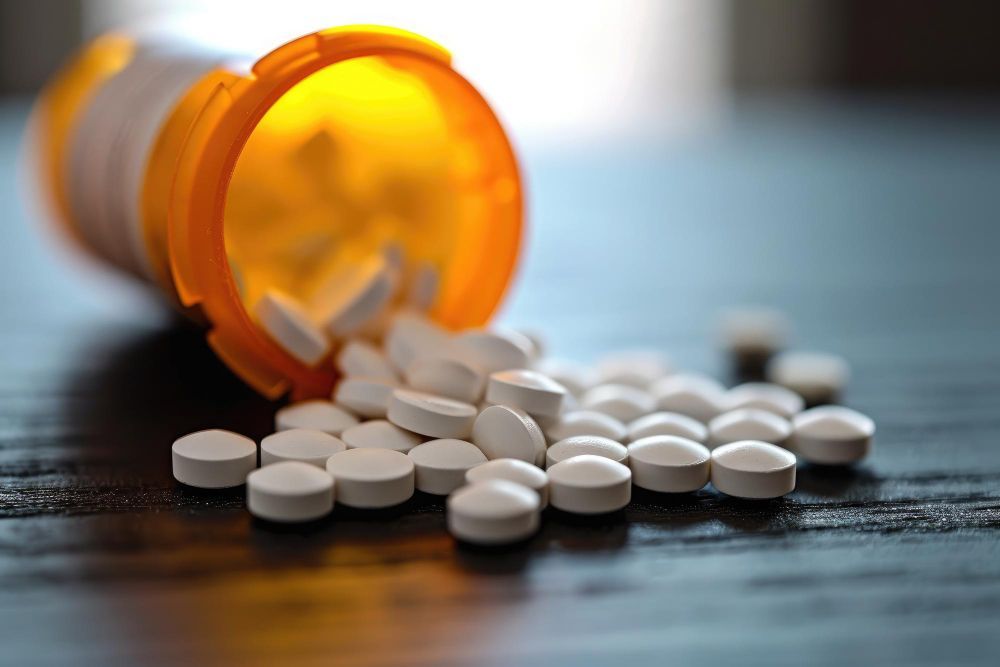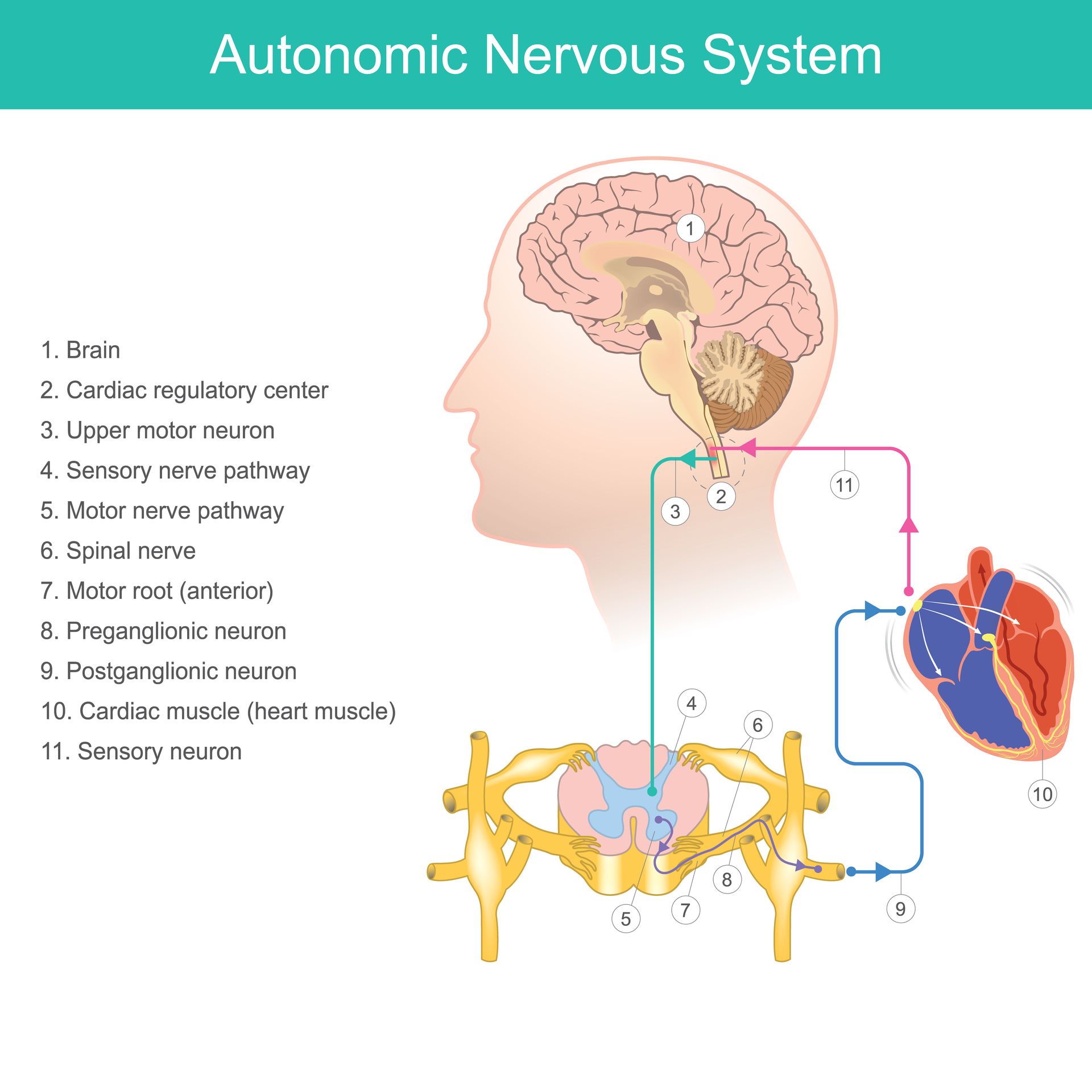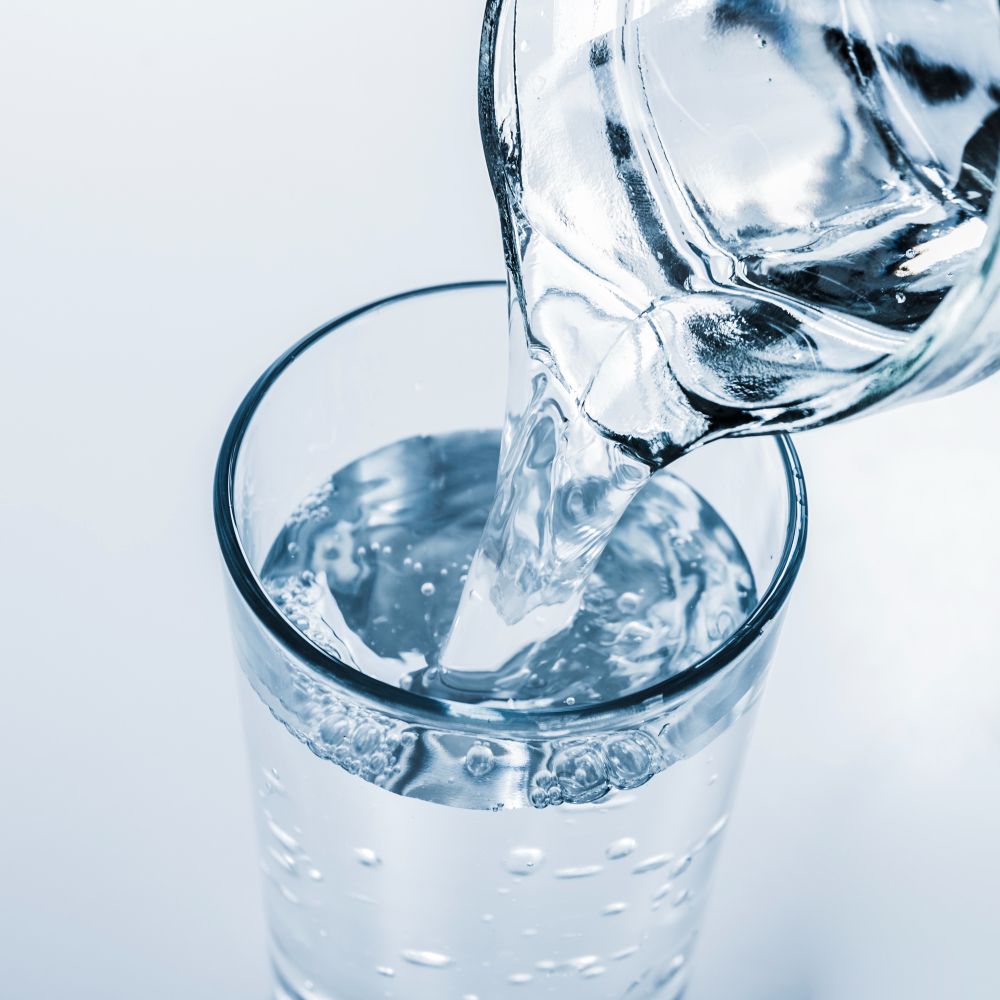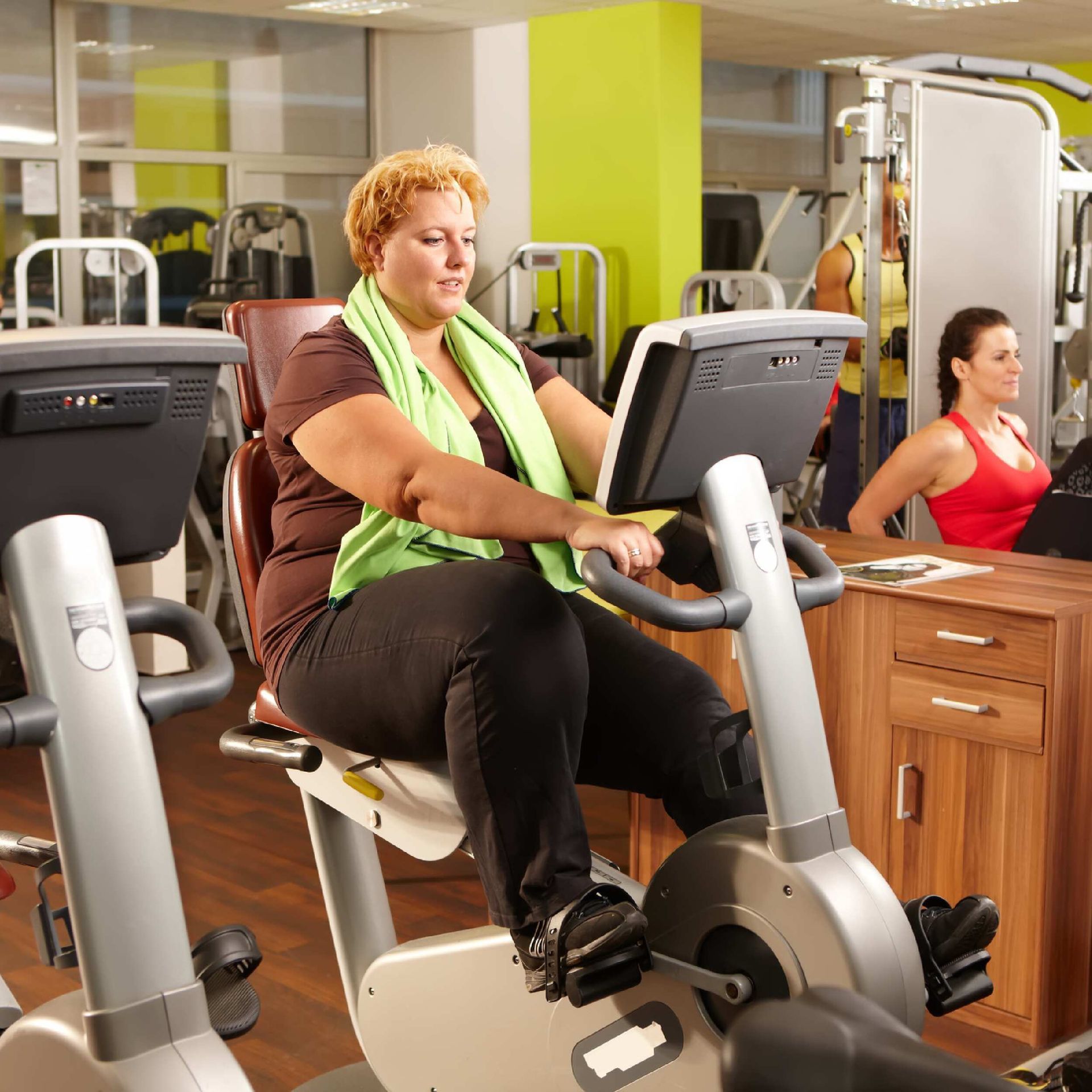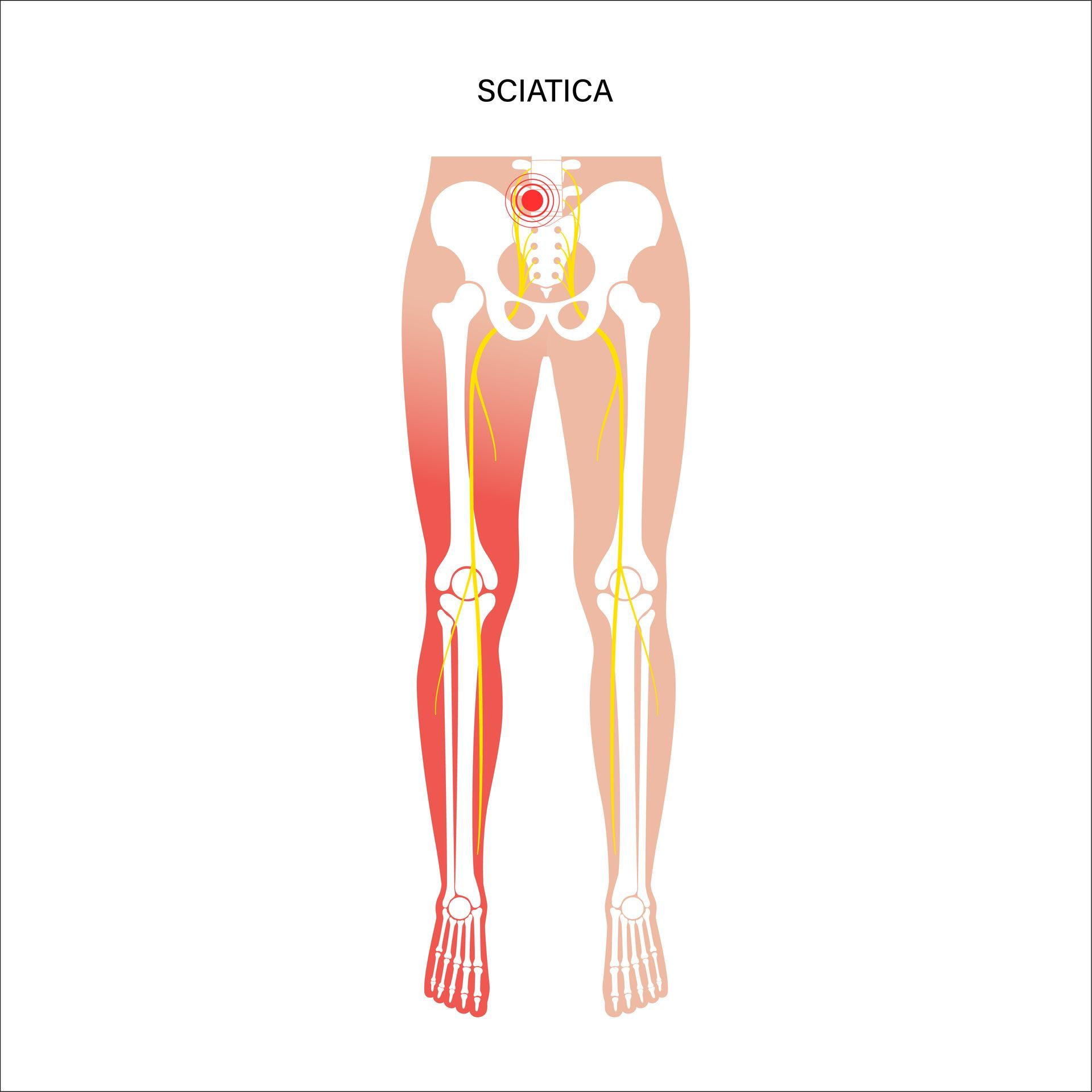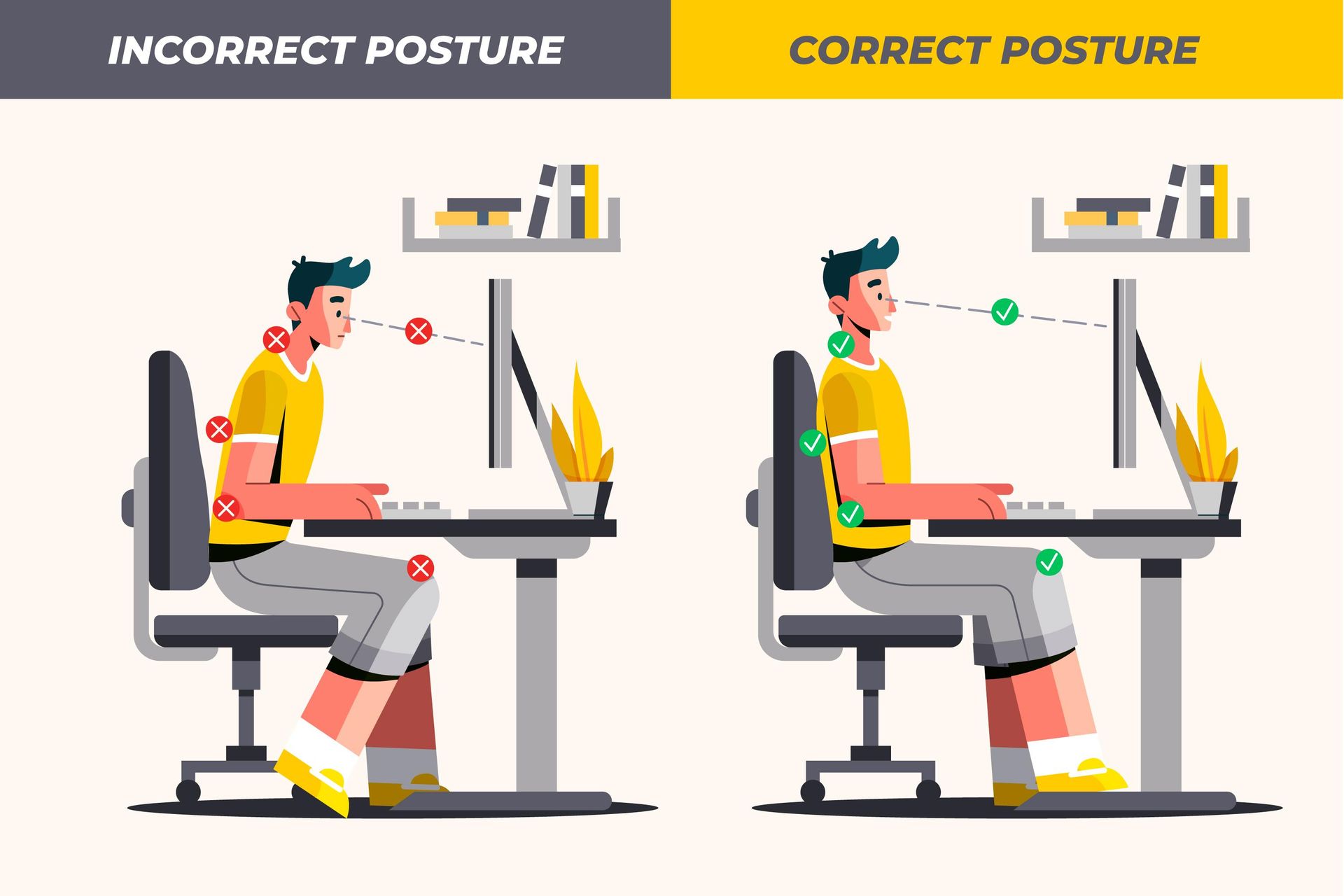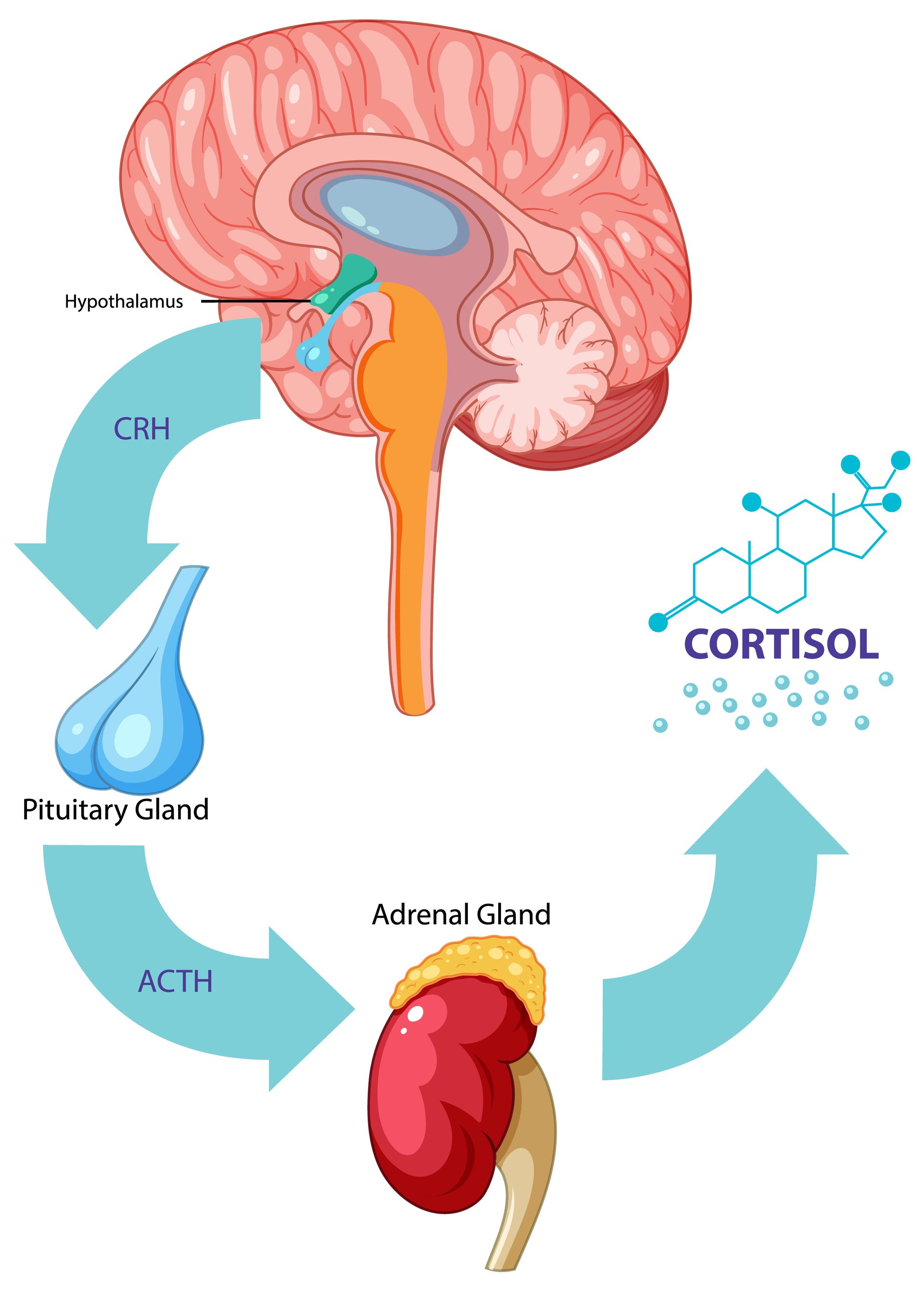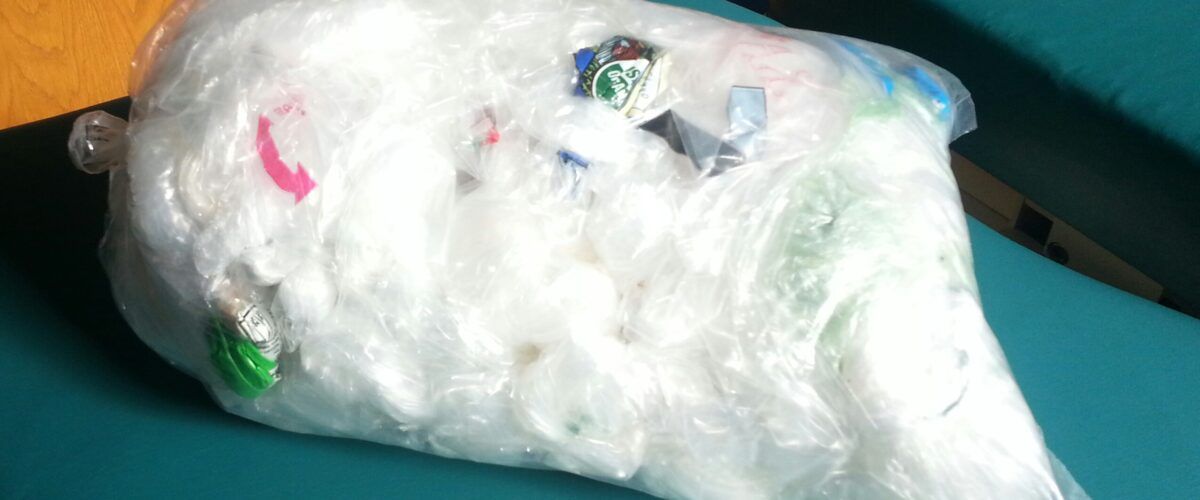‘Tis the season to be in the kitchen, whether you’re hosting an event, heading to a potluck or cooking a traditional meal for your family. Whatever the reason, you’re probably going to buy ingredients, cook, clean — and enjoy some leftovers.
Environmental Working Group makes it easy to prepare your holiday feasts with your family’s environmental health in mind. Just follow these simple tips as you shop, cook, eat and clean:
- Choose food low in pollutants and added chemicals
- Avoid toxic chemicals in cookware
- Store and reheat leftovers safely
- Clean Greener
Choose Food Low in Pollutants and Added Chemicals
Food can contain ingredients we don’t want to eat — from pesticides to hormones to artificial additives to food packaging chemicals. Some simple tips to cut the chemicals:
- Buy organic when you can. Make sure fresh fruits and vegetables are on the menu, and go organic when you can. Organic produce is grown without synthetic pesticides. Organic meat and dairy products also limit your family’s exposure to growth hormones and antibiotics.
- It’s OK to choose non-organic from EWG’s “Clean 15” list of less-contaminated conventional fruits and vegetables, too. EWG’s Shopper’s Guide to Pesticides in Produce ranks popular fruits and vegetables based on the amount of pesticide residues found on them. Check out EWG’s Shopper’s Guide to Pesticides in Produce.
- Cook with fresh foods, rather than packaged and canned, whenever you can. Food containers can leach packaging chemicals into food, including the estrogenic bisphenol A that’s used to make the linings of food cans. Go for fresh food or prepared foods stored in glass containers. Pick recipes that call for fresh, not canned, foods.
When planning a grocery trip, check in with EWG’s Healthy Home Tip: Go organic and eat fresh foods.
Avoid toxic chemicals in cookware
Using a great pan makes a huge difference when cooking. EWG staffers skip the non-stick so that their families don’t have to breathe toxic fumes that can off-gas from non-stick pans over high heat.Non-stick cookware is in most American kitchens. Is it in yours?
- For safer cooking, we suggest cast iron and oven-safe glass. Yes, there are many new products on the market, but most companies won’t tell you exactly what’s in them. Even if they’re advertised as “green” or “not non-stick,” manufacturers do not have to release their safety data to the public.
- If you’re ‘stuck’ with non-stick, cook safer with it. You can reduce the possibility of toxic fumes by cooking smart with any non-stick cookware you happen to own: Never heat an empty pan, don’t put it in an oven hotter than 500 degrees F and use an exhaust fan over the stove.
Learn more about cooking safely in our Healthy Home Tip: Skip the non-stick.
Store and Reheat Leftovers Safely
Leftovers can extend the joy of a holiday — by giving you a break from the kitchen! But be sure to avoid plastic when storing and (especially) when heating them. Here’s why — and how:
- Skip plastic food storage containers if you can. The chemical additives in plastic can migrate into food and liquids. Ceramic or glass food containers (such as Pyrex) are safer.
- Don’t microwave food or drinks in plastic containers, even if they claim to be “microwave safe.” Heat can release chemicals into your food and drink. Microwave ovens heat unevenly, creating hot spots where the plastic is more likely to break down.
- If you do use a plastic container, handle it carefully. Use it for cool liquids only; wash plastics by hand or on the top rack of the dishwasher, farther from the heating element; use a paper towel instead of plastic wrap to cover food in the microwave. Also, avoid single-use plastic as much as possible — reusing it isn’t safe (it can harbor bacteria) and tossing it out fills up landfills (and pollutes the environment).
Clean Greener
You clean before holiday guests arrive and after they leave — and while you cook. But do you clean green? We recommend that you do, because our homes aren’t safe and clean if the air inside is polluted with chemicals from household cleaners. It’s really quite easy:
- Visit EWG’s Guide to Healthy Cleaning to find safer cleaning products. Try natural alternatives like vinegar, baking soda and water. Get EWG’s DIY Cleaning Guide filled with recipes and easy tips on how to make your own non-toxic cleaners. Avoid anti-bacterials (here’s how). Avoid the biggest hazards (acidic toilet bowl cleaners, air fresheners, oven cleaners, and corrosive drain openers).
- Adopt safe cleaning routines. Open the window. Use gloves. Keep kids away from toxic products. Dust and vacuum often because dust often contains toxins.
- Tips for the kitchen. Microwave your sponge. Wash your hands with plain soap and water — it’s just as effective. Use a baking soda & water paste instead of commercial oven cleaner.


